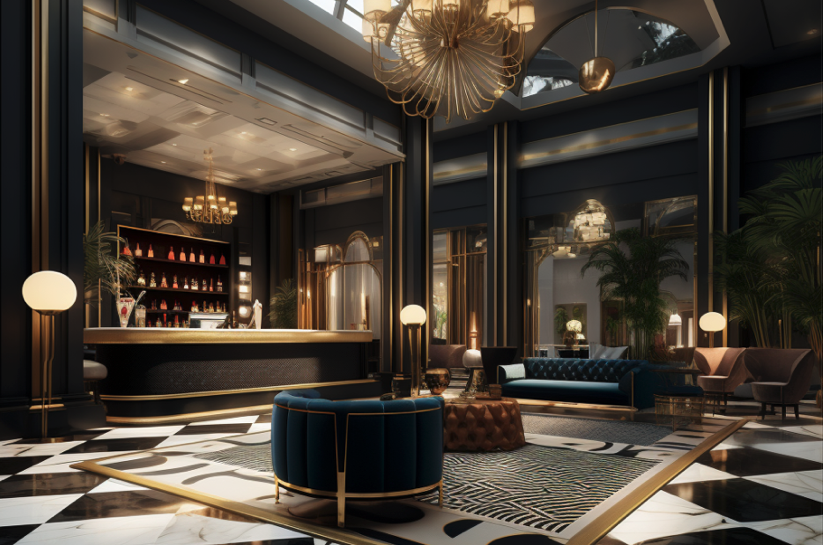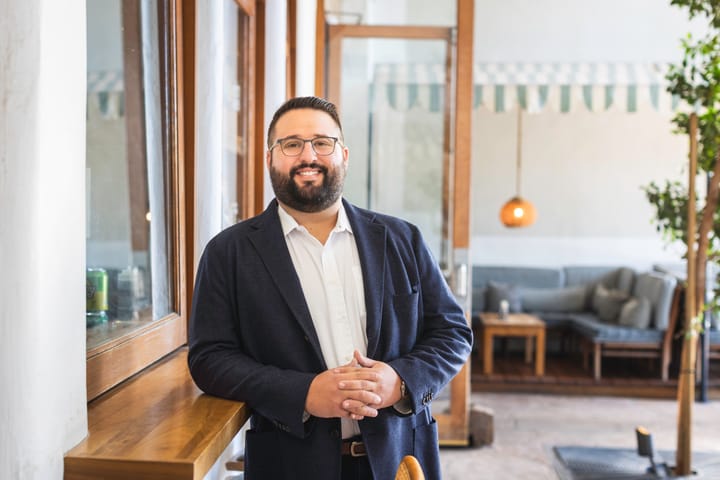‘Design is one of the most powerful storytelling tools’
Tonya Almallah Schmitt shares expert strategies on designing spaces

A version of this story first appeared in the Mint Pillow newsletter. To get it in your inbox, sign up for free by clicking here.
By Jennifer Glatt | for Mint Pillow
With a refined eye and an intuitive sense of place, designer Tonya Almallah Schmitt creates environments that are as welcoming as they are visually striking. Her work blends timeless style with modern sensibility, transforming hotels into destinations and lobbies into living rooms. Here, she shares how she creates spaces that are elevated, intentional and undeniably memorable.
When creating visual and emotional impact through design, what makes a boutique hotel really stand out?
A boutique hotel stands out when it creates a deep emotional connection with guests and a visual identity that lingers in memory long after check-out. Critical components include a compelling story, so guests feel like characters; an immersive atmosphere, to stimulate all the senses; bold, distinctive design (Instagrammable but not trendy); intimate scale with layered spaces; local soul, reflecting the surrounding culture; and emotional resonance, evoking a feeling.
Owners want beauty that works behind the scenes too. How do you balance great design with day-to-day functionality?
Design with an operations-first mindset. Think about those smart and durable material selections, custom millwork and furniture that can do double duty—in boutique spaces, every inch must work hard and look good! Think about tech solutions that can blend in. Find beauty that works but also quietly supports daily excellence, which will allow the guests to really focus on the experience.
Tapping into place-based branding, how can design help tell a hotel’s story or connect to the local vibe?
Design is one of the most powerful storytelling tools and when it's done right, it transforms the space into a living, breathing extension of its location. It can tap into the local history and artisanship. Materials can be sourced locally or curated using local artisans and makers. Design can infuse colors drawn from the landscape or urban surroundings, embracing the quirks and contrasts of the locale and region.
Any tips for getting a big design impact on a tighter budget?
Great design on a tight budget is about being strategic, resourceful and bold where it counts. It's all about the sourcing. Some other things to think about are:
- Scale back but scale UP—Utilize fewer items, but ones that are larger in scale and more impactful.
- Mix high and low—Pair custom-looking details with cost-effective staples, like IKEA cabinets with luxe hardware or a simple sofa reupholstered in a rich textile.
- Paint, pattern and texture: A painted ceiling, a stenciled floor or a dramatic wall mural can change everything.
- Get creative with local makers, you’ll get one-of-a-kind items with a story.
Thanks for reading today's edition! You can reach the newsletter team at newsletter@mintpillow.co. We enjoy hearing from you.
Interested in advertising? Email us at newslettersales@mvfglobal.com
Mint Pillow is curated and written by Jennifer Glatt and edited by Lesley McKenzie.




